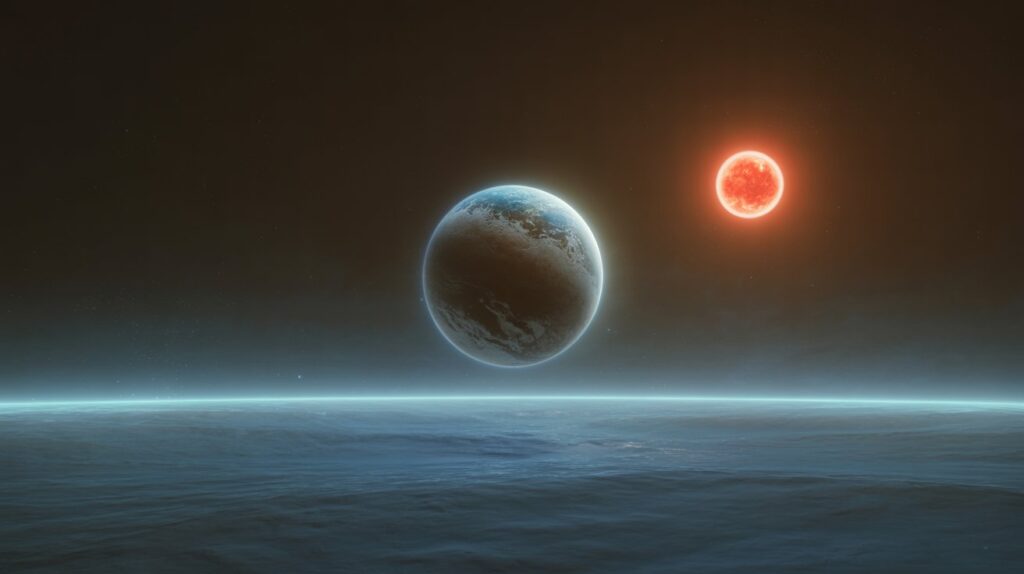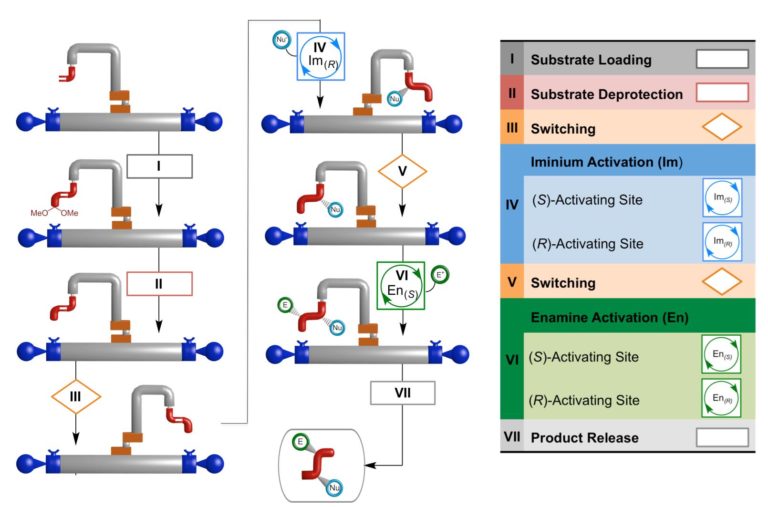
TL;DR
- A study in April 2025 claimed signs of potential biological activity on exoplanet K2-18b, citing molecules like dimethyl sulfide (DMS).
- Follow-up analyses by independent research teams question the validity of the original data interpretation.
- Noise in telescope readings and model limitations are cited as reasons for skepticism.
In April 2025, a research team led by Dr. Nikku Madhusudhan from Cambridge University reported the potential detection of biosignature molecules — notably dimethyl sulfide (DMS) and dimethyl disulfide (DMDS) — in the atmosphere of K2-18b, a distant exoplanet located approximately 124 light-years away in the Leo constellation.
The observations were made using NASA’s James Webb Space Telescope (JWST), which offered infrared spectral readings hinting at molecules typically produced by microbial life on Earth. The implications were profound: K2-18b, already considered a promising Hycean world, might be our best lead in the search for extraterrestrial life.
Data Challenges: Red Flags from the Scientific Community
Despite the excitement, multiple astronomers flagged issues with the April study’s conclusions. Scientists from Arizona State University and the University of Chicago questioned the statistical robustness and model assumptions behind the DMS detection.
Dr. Luis Welbanks and Dr. Matt Nixon of Arizona State University highlighted that Madhusudhan’s model tested one molecule at a time against a minimal baseline, which gave each molecule an artificial statistical edge. When they used an expanded model that allowed other chemicals to compete as explanations, the evidence for DMS and DMDS “disappeared”.
Competing Assessments of K2-18b Biosignatures
| Research Group | Molecules Analyzed | Conclusion | Source |
| Cambridge University (Apr 2025) | DMS, DMDS | Moderate evidence (3-sigma) | Madhusudhan et al. (2025) |
| University of Chicago | Combined JWST data | No robust detection of DMS/DMDS | Luque & Zhang Study |
| Arizona State University | Expanded models | No strong biosignature after reevaluation | Welbanks et al. (2025) |
Atmospheric Complexity: Noise and Interpretation
Dr. Rafael Luque and Dr. Michael Zhang from the University of Chicago cited data noise—inconsistencies caused by imperfections in JWST measurements—as a major source of uncertainty. They argue that carbon-hydrogen bonds, common to hundreds of organic molecules, make it nearly impossible to definitively attribute light absorption patterns to a specific compound like DMS using noisy infrared data.
In addition, the April 2025 study estimated a dramatic increase in planetary temperature—from about 300 K (80°F) in 2023 to over 422 K (149°C). If accurate, such high temperatures challenge the assumption that liquid oceans could exist on K2-18b, potentially making the planet less habitable than initially thought.
Rebuttal and Reassessment: A Broader Molecule Search
In response to these criticisms, Madhusudhan’s team broadened their modeling efforts and released a new preprint analysis evaluating 650 different molecules. According to Madhusudhan, DMS still appears as a promising candidate, though he concedes that the detection doesn’t meet the gold-standard five-sigma significance level.
This level of statistical confidence, which implies a less than 0.00006% chance of a false positive, is essential when identifying biosignatures that could change our understanding of life in the universe.
No Silver Bullet: Why Scientific Caution Prevails
All parties involved agree on one core principle: extraordinary claims require extraordinary evidence. Despite the divergence in findings, scientists see the current debate as a sign of a healthy scientific process. There is consensus that K2-18b remains an important target in exoplanet studies.
Welbanks emphasized, “We’re not there yet. That’s not a failure—it’s exactly how science should work. We’re testing bold ideas.”
Broader Implications: Setting a New Benchmark in Exoplanetary Science
The episode underscores how fragile early detections can be in astrobiology. It also highlights the limitations of even advanced observatories like JWST. In the case of K2-18b, we are witnessing a real-time evolution of how the scientific community converges on—or distances itself from—a potentially history-making discovery.
Regardless of the final outcome, K2-18b has pushed exoplanet research into a new phase of collaboration, skepticism, and transparency. With more advanced observatories and broader data models, the astronomical community is likely to inch closer to a definitive answer—perhaps within our lifetime.
Conclusion
The potential detection of biosignature molecules on K2-18b was never definitive—but it was exciting. The follow-up rebuttals and expanded modeling underscore the importance of rigorous testing and cross-verification in science. As we refine our tools and methods, K2-18b will remain under close scrutiny.Until the elusive five-sigma threshold is reached through multi-instrument validation, the search for extraterrestrial life continues—not with certainty, but with ever-increasing precision.






